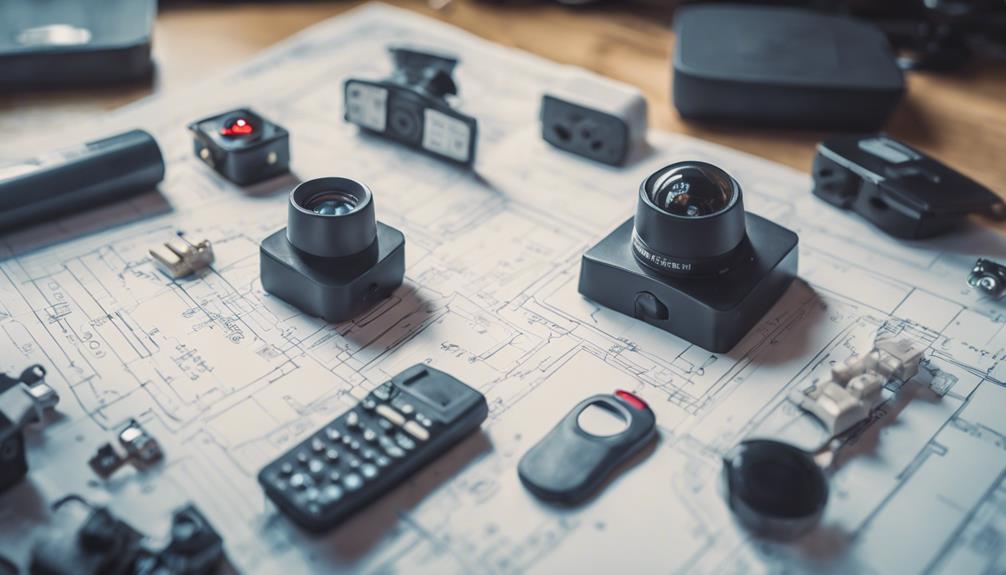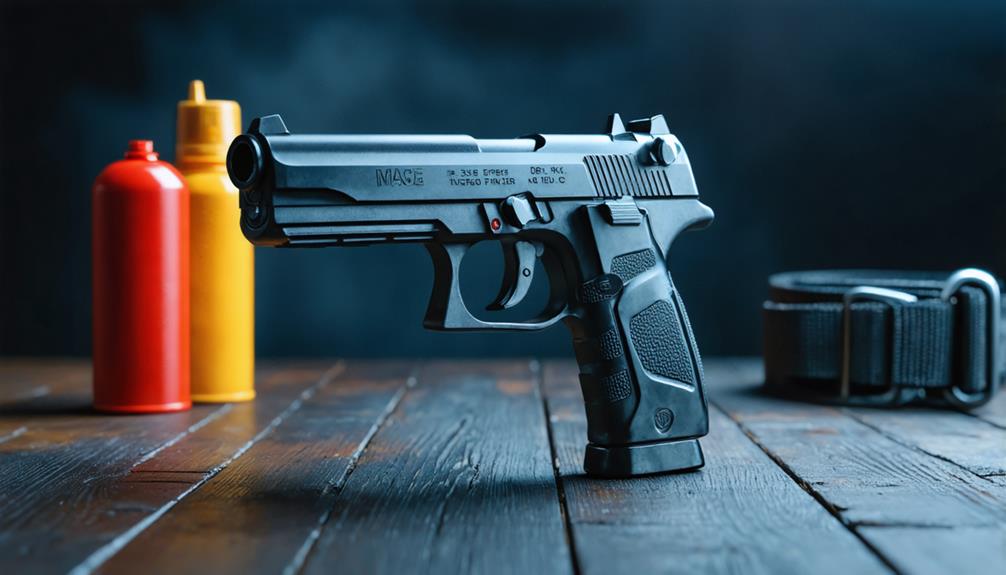
Brainstorm Security Shop

For Orders Over $199

On Any Of Our Products

Details On Refund Page
When you’re weighing the options for installing a home security system, you’re faced with a choice between the more hands-on DIY route and the ease of professional installation. Costs can vary widely, with DIY setups potentially saving you money upfront, but also posing the risk of future expenses if things aren’t done correctly. On the other hand, opting for professional help can seem pricier, ranging from $300 to $1000, but it comes with the peace of mind of expert setup. You’ll need to consider not just the initial costs but also the potential long-term implications of each option. What other factors might influence your decision, and how can you ensure you’re making the most cost-effective choice?
Before diving into installation costs, let’s explore the different types of home security systems available to you. You’ve got a few key options, each with its own set of features and benefits, tailored to different needs and preferences.
First up, you’ve got traditional wired security systems. These are connected through your home’s electrical wiring and typically include a control panel, wired sensors, and alarms. They’re known for their reliability since they don’t depend on batteries or wireless signals. However, they can be more invasive to install.
Next, there are wireless security systems. Unlike wired systems, these operate on batteries and communicate through radio signals. Installation is generally easier—you won’t need to drill as many holes or run wires through your walls. They’re flexible and can be expanded with additional sensors and cameras as needed.
Lastly, consider smart home security systems. These are a step up from traditional wireless systems because they integrate with your home’s Wi-Fi network, allowing you to control them via a smartphone app. You can receive real-time alerts, watch live video feeds, and even control smart locks and lights. They offer a high level of convenience and customization, making them a popular choice among tech-savvy homeowners.
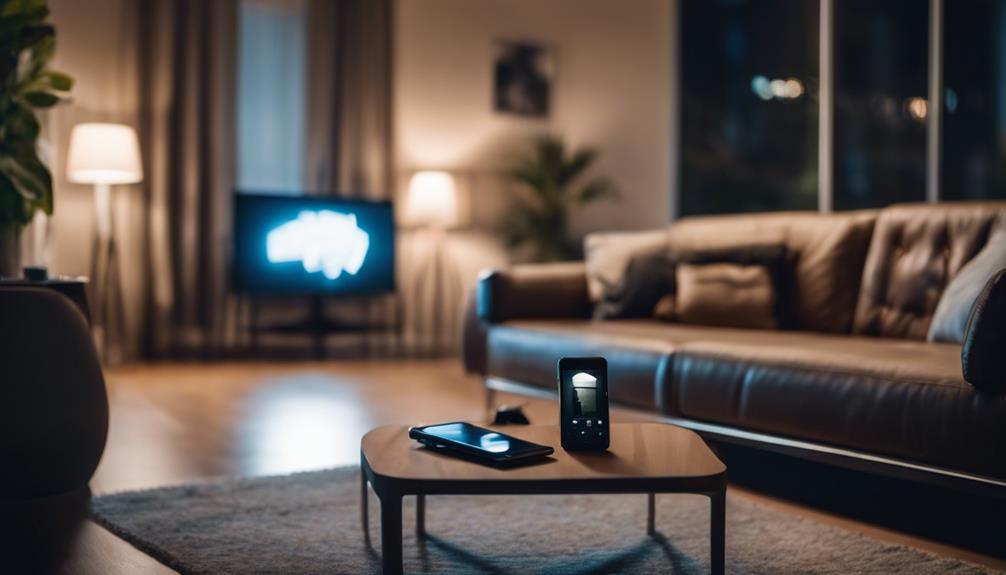
Let’s delve into the costs associated with DIY installation of home security systems. When you decide to take the DIY route, you’re primarily saving on labor costs, which can significantly add up with professional installations.
First, you’ll need to purchase the equipment. Depending on the complexity and brand, a basic system can cost anywhere from $150 to $600. This typically includes sensors, a control panel, and, in some kits, a few cameras.
Remember, you might need additional tools or supplies for installation, like drills, screwdrivers, and mounting kits, especially if your chosen system isn’t a simple peel-and-stick variety. These tools can set you back another $50 to $100, assuming you don’t already have them.
Then, consider the time investment. It’s not just about the physical installation; it’s also about planning your system’s layout, syncing devices, and configuring settings. Your time is valuable, and while you won’t see a direct charge for it, it’s a real cost you should consider.
Lastly, think about potential mistakes. If you’re not tech-savvy, errors during installation could compromise your system’s effectiveness or require later adjustments, adding to your initial cost estimate.
Professional installation of a home security system typically costs between $300 and $1000, depending on system complexity and company rates. When you opt for professional installation, you’re not just paying for labor. You’re also getting the expertise and assurance that everything’s set up correctly. Companies often offer customized security solutions, which means they’ll evaluate your home’s specific needs and layout.
The price can vary based on several factors. For instance, the size of your home plays a significant role. Larger homes require more equipment and more time to install, which can increase the cost. Also, the type of system you choose affects the price. More sophisticated systems with advanced technology and features, like smart home integration, typically cost more to install.
You should also consider the reputation and experience of the installation company. More established companies might charge more, but they often bring a higher level of expertise and reliability to the table.
Don’t forget to ask about warranties and support—services that can save you money and hassle in the long run.
Beyond the basic setup, you’ll also need to consider the cost of additional equipment, such as cameras and sensors, that can quickly add up. Depending on the level of security you’re aiming for, you might find yourself investing in high-definition cameras, advanced motion detectors, or additional window and door sensors. Each of these items carries its own price tag, and it’s crucial to factor them into your overall budget.
For instance, adding smart cameras can significantly increase your expenses. These not only provide live footage but often come with features like facial recognition and night vision. You’ll also want to think about the number of cameras you need; more entry points means more cameras, which means higher costs.
Moreover, consider the ongoing costs associated with these technologies. Many smart security devices require subscriptions for cloud storage to save video footage or additional services like professional monitoring. These recurring fees can be a surprise if you’re not prepared.
Lastly, don’t forget about maintenance costs. Regular updates and potential repairs for high-tech equipment can add another layer to your budget. It’s important to ask vendors about these potential future costs so you’re not caught off guard.
Your home’s layout significantly influences the complexity and cost of installing a security system. If you’ve got a larger house with multiple floors and numerous entry points, you’ll likely need more sensors and cameras, which can drive up the cost. Conversely, a smaller, more compact home might require fewer components, making the installation cheaper and simpler.
The type of walls you have can also affect installation. Homes with thick concrete or brick walls may pose challenges for wireless systems, potentially requiring additional equipment to boost signal strength or opting for wired alternatives, which could be more intrusive and labor-intensive to install.
Don’t forget about the outdoor area as well. Large yards or properties with outbuildings like garages or sheds might need extra coverage, which means installing more outdoor cameras and motion sensors. Each additional piece of equipment adds to the overall cost but enhances your security.
Lastly, the aesthetic of your home matters too. If you prefer that tech blends seamlessly with your decor, you might opt for custom-designed components that are less visible but could be more costly. It’s all about finding the right balance between security, functionality, and style without overshooting your budget.
Monitoring service fees are an ongoing cost you’ll need to consider when budgeting for your home security system. These fees vary widely depending on the level of monitoring you choose. Basic plans typically cover burglary and fire monitoring.
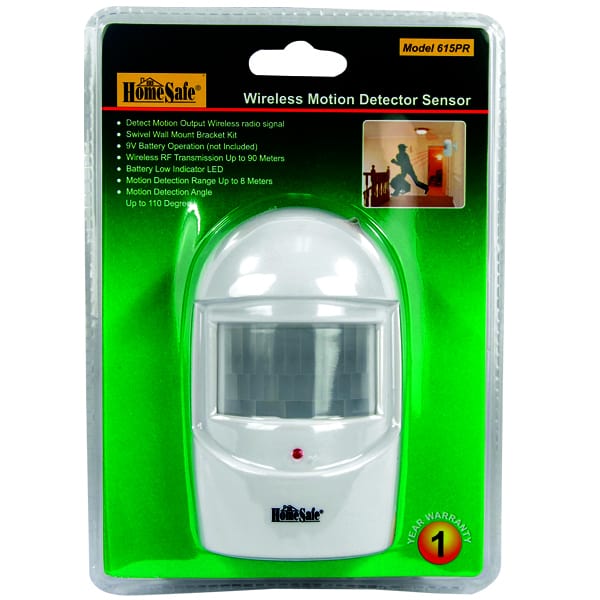
More comprehensive plans may include surveillance cameras, smart home integration, and environmental monitoring for things like carbon monoxide and flooding.
You’ll typically pay a monthly fee, which can range from $15 to $50 or more. Some companies require a yearly contract, locking you into their service for a set period.
It’s important to understand what’s included in your plan. Higher fees don’t always mean better service, but they might include more features.
Look out for additional costs as well. Some services charge for installation or activation of the monitoring system. Others might require you to purchase specific equipment to use their service.
Make sure to ask about these potential hidden fees before making your final decision.
While monitoring service fees are a key consideration, it’s also important to compare the brands of security systems available to find the best fit for your needs. You’ll find a range of options from well-known brands like ADT, SimpliSafe, and Vivint, each offering unique features and technology.
ADT stands out for its long-standing reputation and comprehensive monitoring services. It’s a great choice if you’re looking for reliability and a proven track record.
SimpliSafe, on the other hand, offers a no-contract, DIY approach, which might better suit your budget and flexibility needs. Their systems are user-friendly and easy to install, making them ideal for those who prefer a hands-on approach.
Vivint integrates smart home technology with its security systems, providing a seamless experience if you’re tech-savvy and want to manage your home security through your smartphone. Their equipment is high-tech and includes features like voice control through platforms such as Google Assistant and Amazon Alexa.
Comparing these brands involves looking at their installation costs, monthly fees, contract requirements, and the robustness of their customer support. Don’t hesitate to read reviews and possibly reach out to current users to get their firsthand experiences before making your decision. This way, you’ll ensure you choose a system that aligns with your security expectations and lifestyle.
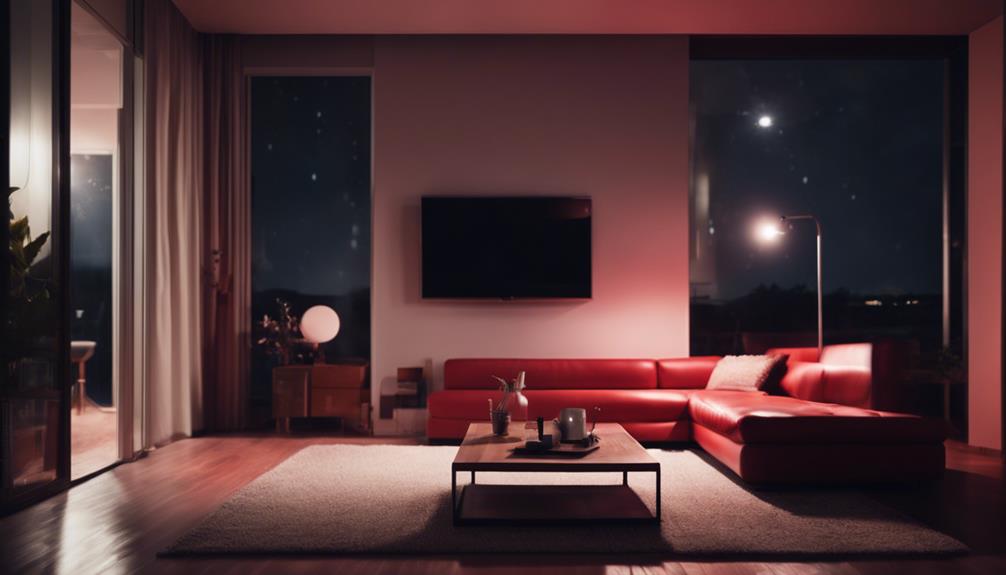
In wrapping up, you’ve got choices to make about your home security system. Whether you go DIY or hire pros, costs vary. DIY might save you upfront cash but could bring headaches.
Professional installation, though pricier, offers peace of mind. Don’t forget, the layout of your home and the monitoring fees also play a big role in your final bill.
Compare brands carefully to find the best fit for your security needs and budget.
